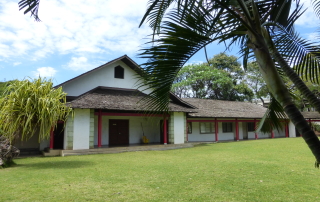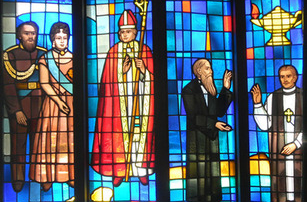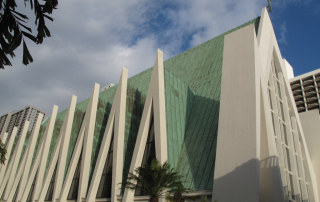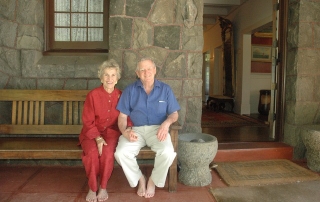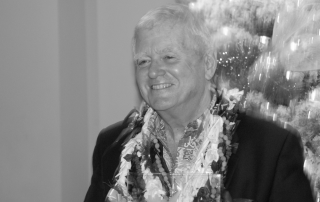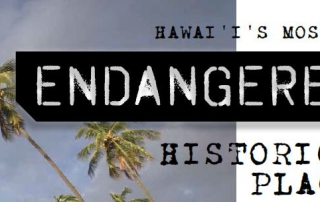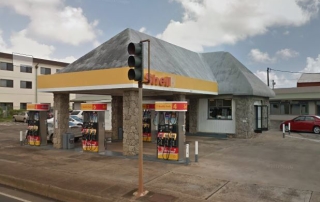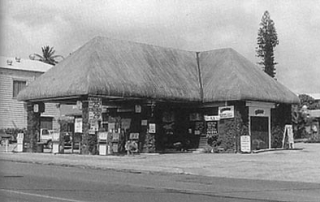What’s Your Favorite Historic Place in Hawaii?
HHF Charter Member, Alice Tucker, Shares Her Favorite My favorite historic place here in Hawaii is an obvious but sometimes overlooked choice, I believe. It's our beautiful and unique Iolani Palace. How incredibly fortunate we are to have a royal palace right here in our city! Having seen how the building was misused and abused for years when the territorial legislature occupied it, and having seen the careful and loving restoration of the palace over several years (and continuing on to today!), I revel in taking visitors to the palace to proudly show the beautiful old building with its many unique features. Iolani Palace is, to me, the embodiment of all that Historic Hawaii Foundation stands for. Long may she grace our city! Click here to read more about Iolani Palace and it's history. Iolani Palace today. Iolani Palace, 1882


